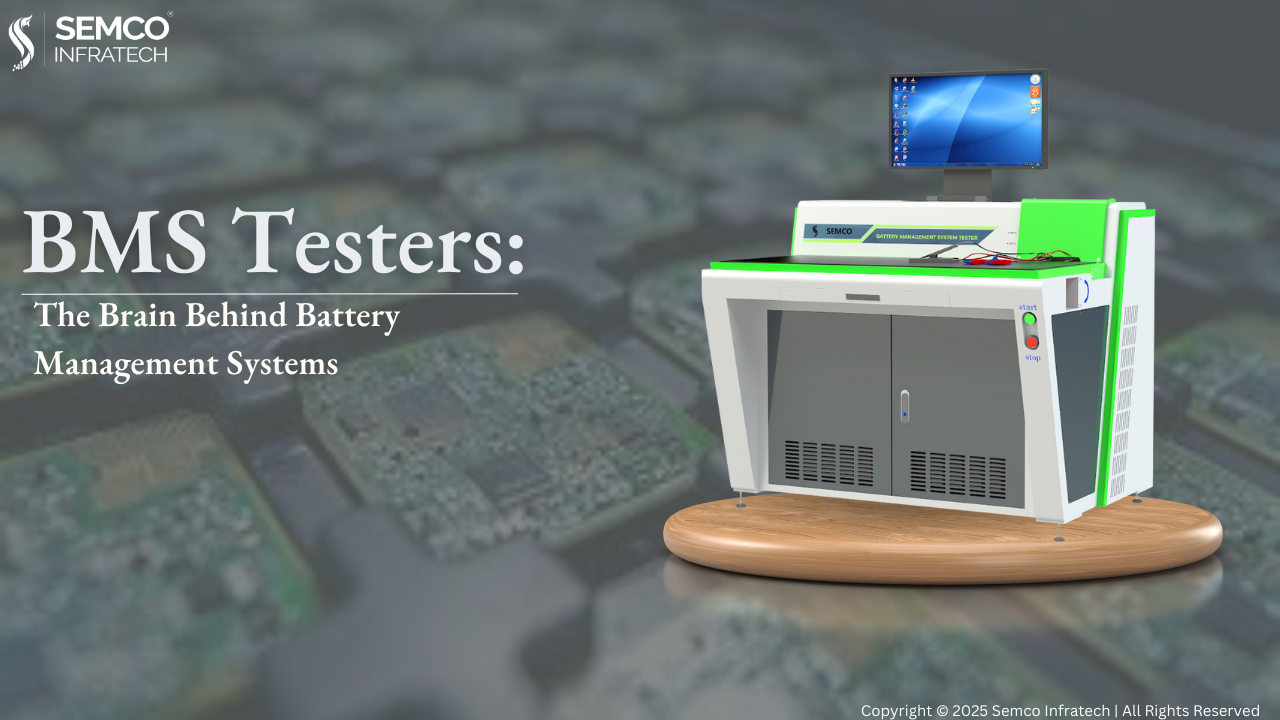
As cities grow and pollution concerns climb, the need for sustainable mobility becomes ever more pressing. Electric vehicles (EVs) powered by efficient, clean energy storage systems are leading the charge towards a greener future. But ensuring their safety and reliability demands a robust guardian: the high-voltage battery management system (BMS).
Understanding the BMS: Beyond Supervision
While the term “BMS” might suggest simple oversight, it encompasses much more. It’s the brain behind the battery, overseeing its health, optimizing its performance, and safeguarding its operation. From data collection and processing to electrical and thermal management, the BMS works tirelessly to ensure the battery’s:
- Safety: Protecting against overcharge, over-discharge, overheating, and other damaging conditions.
- Reliability: Extending battery life and ensuring consistent performance.
- Efficiency: Maximizing energy output and minimizing power loss.
- Intelligence: Predicting battery behavior and optimizing charging and discharging.
Lithium-Ion Batteries: The Powerhouse with Specific Needs
EVs primarily rely on lithium-ion batteries, known for their high energy density but sensitive to temperature and voltage extremes. The BMS caters to these needs by:
- Data Collection: Accurately measuring critical parameters like voltage, current, and temperature, often with specialized sensors and high-precision algorithms.
- Data Processing: Calculating key battery state parameters like remaining energy (SOC) and health state (SOH) using complex models and data history.
- Electrical Management: Controlling charging and discharging processes, balancing individual cells, and preventing current overloads.
- Thermal Management: Keeping the battery within its optimal temperature range through air or liquid cooling systems.
- Safety Management: Monitoring critical parameters and triggering immediate disconnect in case of danger, minimizing risks like fire or explosions.
Communication: The Bridge Between Battery and Vehicle
The BMS isn’t an island. It constantly communicates with the vehicle’s other systems, sharing vital information like battery status, remaining range, and power availability. This two-way dialogue ensures that the vehicle operates efficiently and adapts to the battery’s changing state.
Balancing Needs: Performance, Cost, and Feasibility
Designing a high-voltage BMS isn’t just about technical prowess. It’s about finding the right balance between:
- Performance: Accuracy, speed, and efficiency are crucial, but powerful processing might come at a cost.
- Cost: Using affordable components is key, but skimping on quality can compromise safety and performance.
- Manufacturability: Keeping the system compact and manageable while meeting functional requirements is essential.
Tailoring the BMS to the Battery and Application
Each battery chemistry and application has its own unique needs. The BMS must be adaptable, adjusting its algorithms and functionalities to match the specific battery and vehicle requirements.
In conclusion, the high-voltage BMS stands as the silent guardian of the EV revolution. By meticulously monitoring, managing, and protecting the battery, the BMS paves the way for safer, more reliable, and more more efficient electric vehicles. As technology advances and battery complexity increases, the role of the BMS will only become more vital in shaping the future of sustainable mobility. More and more lithium-ion battery manufacturing equipment suppliers will work on the battery management system to power this revolution.






